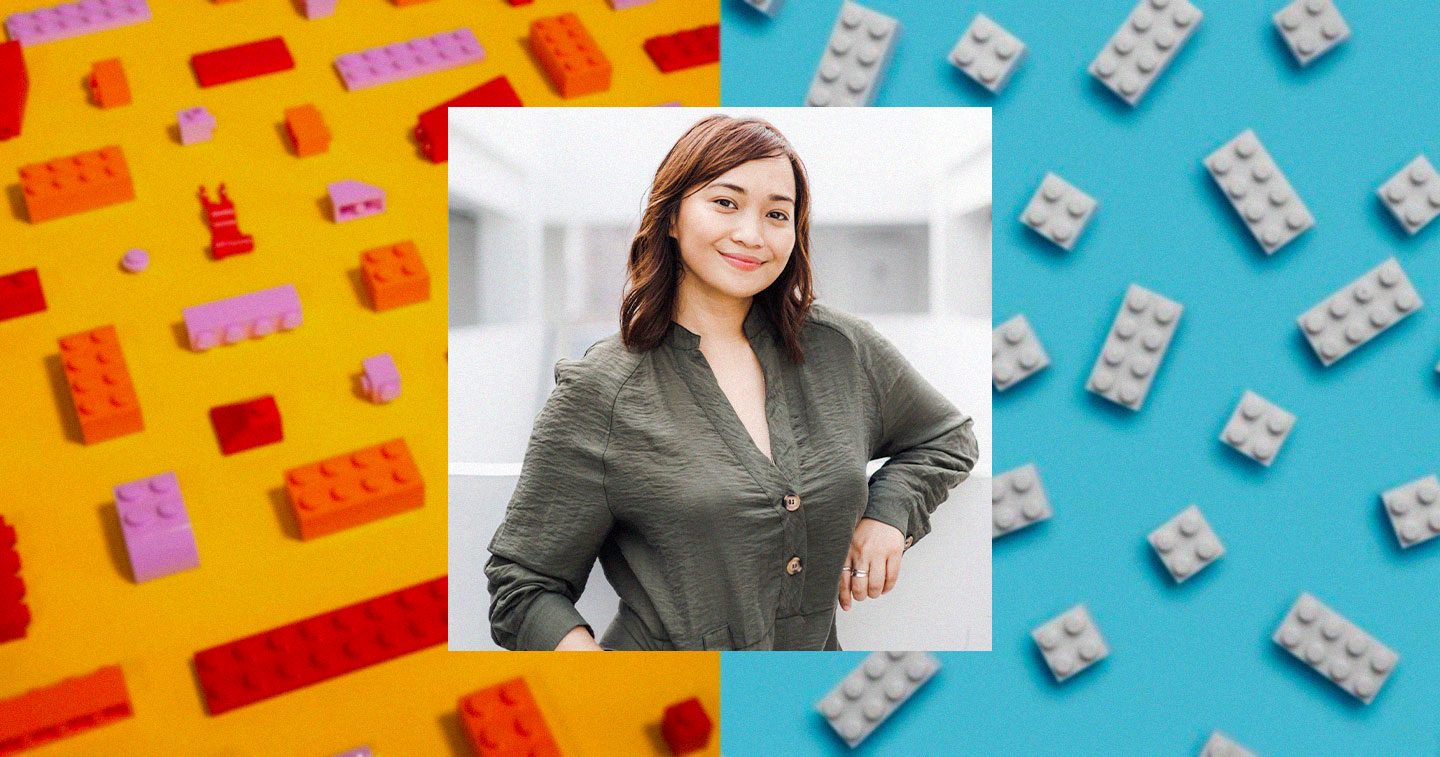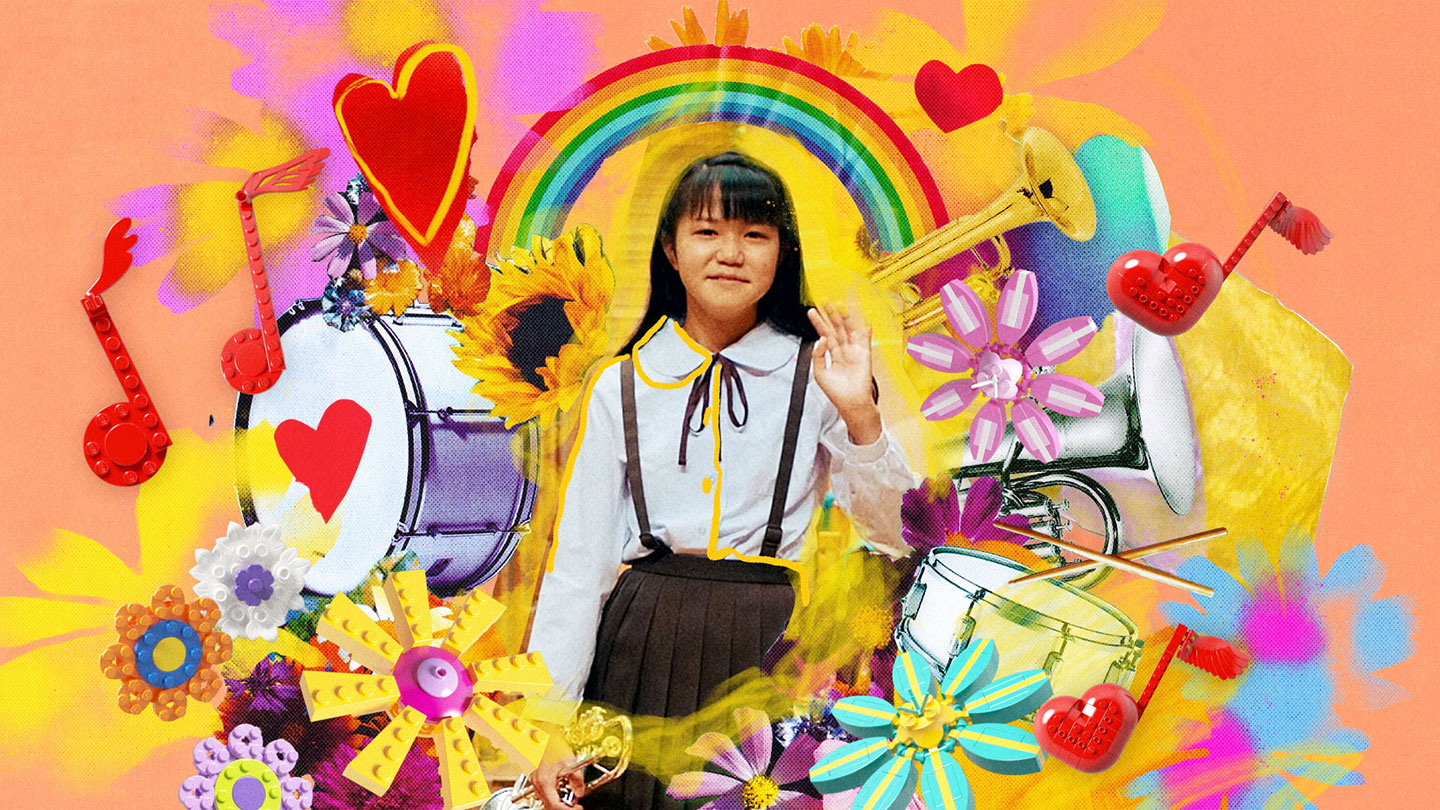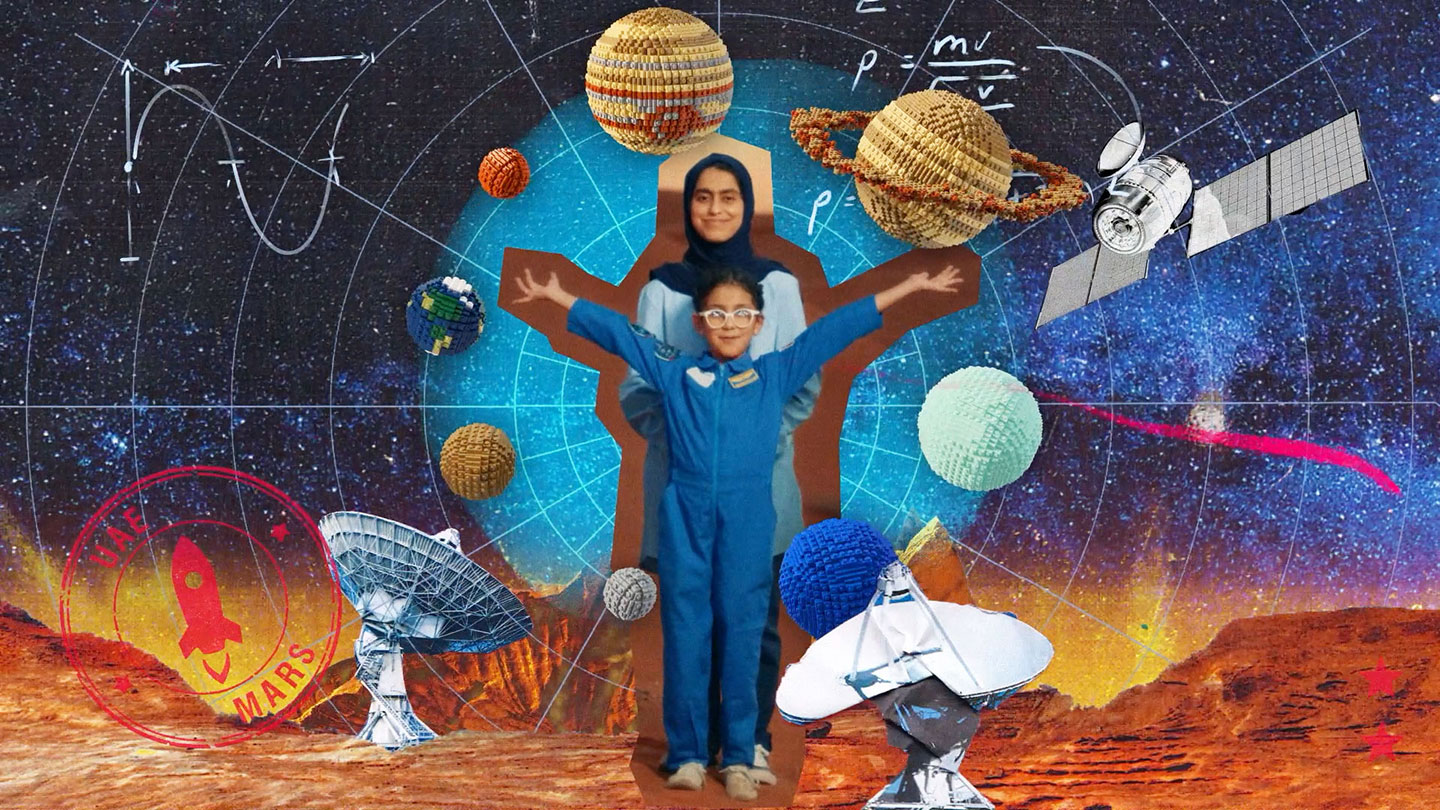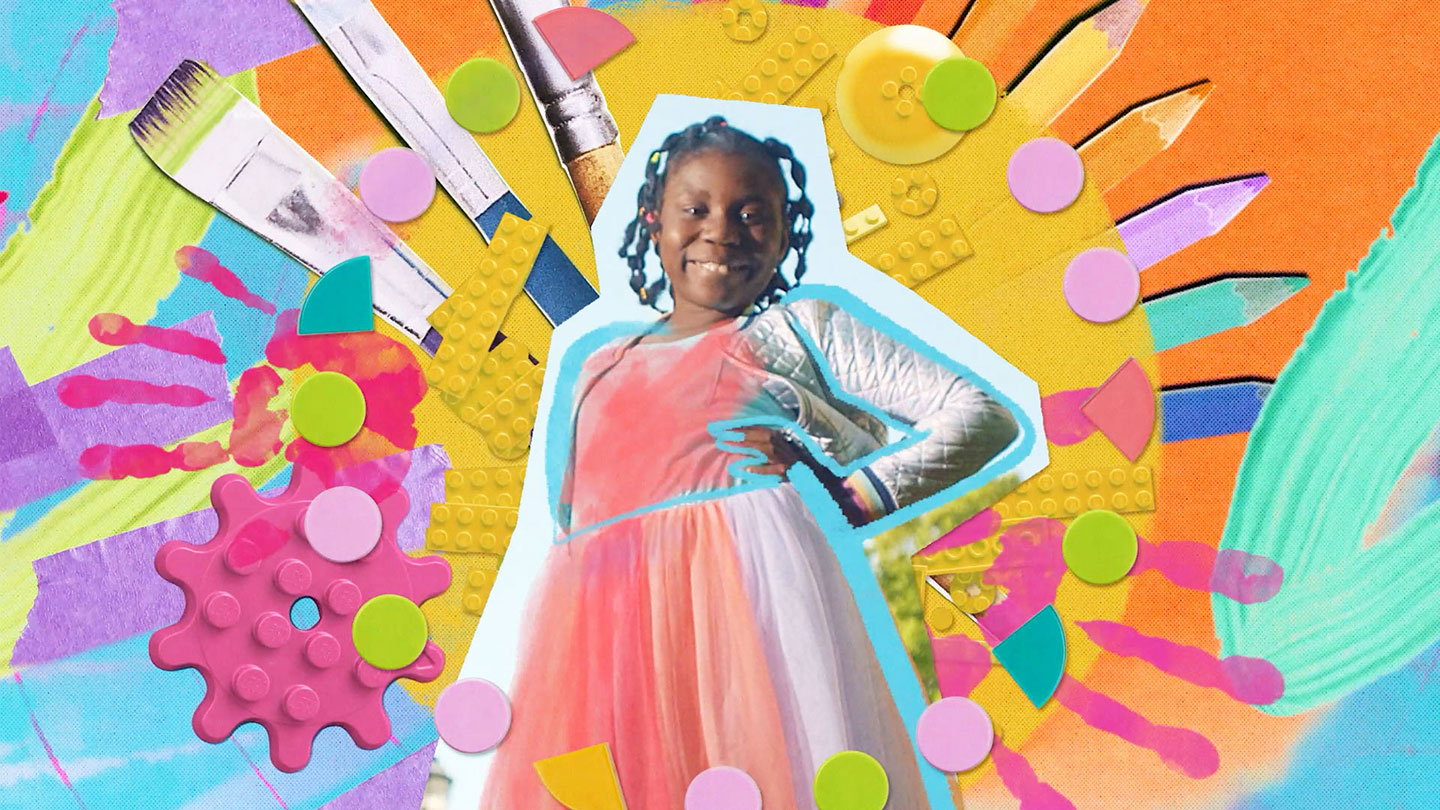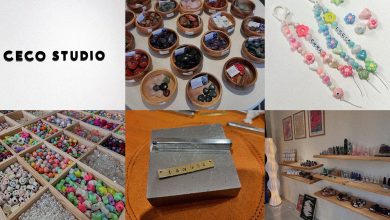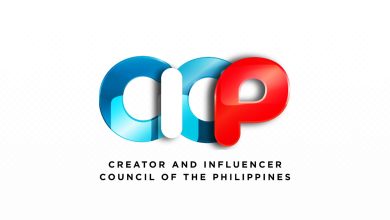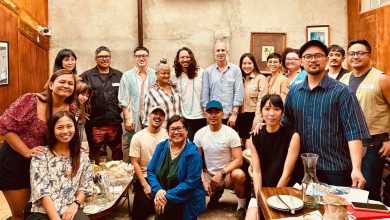MANILA, PHILIPPINES — Behind household name brands are the great minds that shape them. They’re the people who make these brands’ ubiquity one that is characterized by creativity, innovation, and progress. In the LEGO Group’s case, one of those people is Associate Creative Director Leah Mababangloob.
She describes her start in the industry as her “stumbling upon advertising” in 2008. Since then, Leah has made the climb from web designer to art director for one of the recognizable toy brands — a climb that is no surprise to anyone who has seen the exemplary work that her ideas have led to.

Leah has also put in the effort to advocate for gender equality in the industry, from the way women are portrayed to their presence in leadership roles. In 2018, she was part of Cannes’ “See It Be It” campaign, an initiative that aims to achieve equal gender representation of creative directors and leaders in the industry. She also does this in her work with the LEGO Company through campaigns like its “Ready for Girls,” a campaign for International Day Of the Girl 2021 that put a spotlight on the creativity, intelligence, and leadership that young girls are not only capable of but have always been demonstrating.
In this exclusive interview, Leah talks about her work, what shapes it, and what she hopes to see more of in the long run. From the details of her creative process and the campaigns she has worked on to her thoughts on the future of diversity and purpose in both the LEGO Company and the industry as a whole, Leah gave adobo Magazine a behind-the-scenes look into her experience as one of the women blazing a trail in advertising.
The LEGO Group just celebrated its 90th anniversary with activations and campaigns all over the world. What was it like working on the celebrations for LEGO China?
Leah: The LEGO Group’s 90th birthday was a big milestone, so to have been able to contribute and celebrate it in China as we did was an awesome opportunity. There were so many ideas coming from different teams from different departments, so just to be part of it was truly quite exciting. In the end, it was one big party with lots of cake!
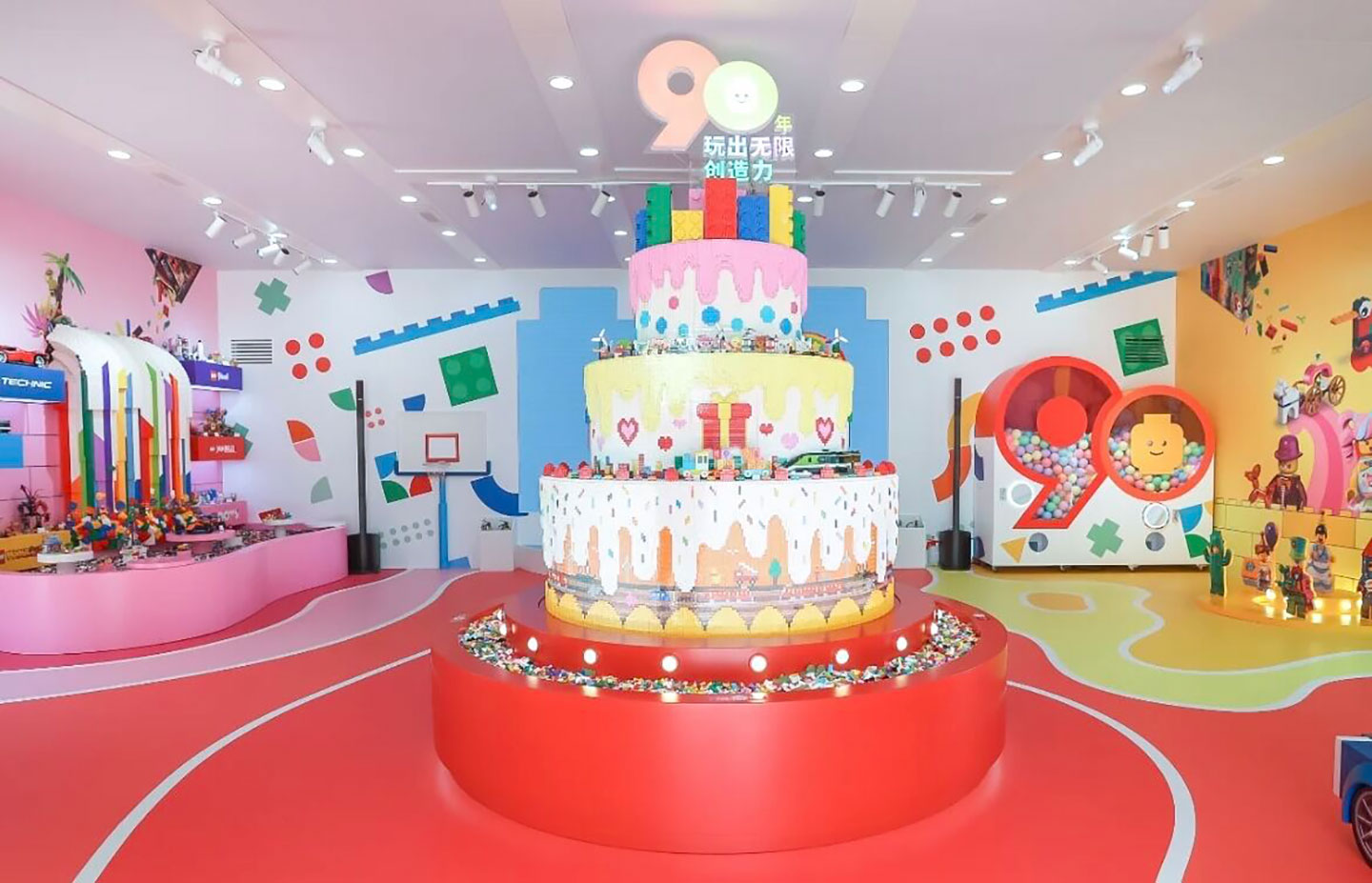
From key visuals, experiential activations, in-store activities, exclusive merchandise, and on-ground events — I think the China team has outdone itself and I’m very proud especially because most of us were executing the campaign at the height of the recent hard lockdown in Shanghai, so it was a very challenging time and almost everything was done remote, but in the end, we all managed to pull through.
What does it feel like to be an integral part of the LEGO brand, which has maintained its relevance and branding for 90 years now?
Leah: To be honest, sometimes it feels unreal. I’ve gotten more used to it, but there are still days when I pinch myself, how I’ve gotten lucky to be working on such a well-loved and creative brand! I love everything that the LEGO brand stands for — its core values, the unique tone of voice, and the pure inherent goodness that it brings to so many kids’ and adults’ lives. In a way, it’s very easy to get inspired and feel motivated at work but at the same time, it’s also a lot of pressure to do good by it and make sure we give each campaign our best. The company’s motto ‘Only the best is good enough’ sums it all up, of which we happily strive to give every time.
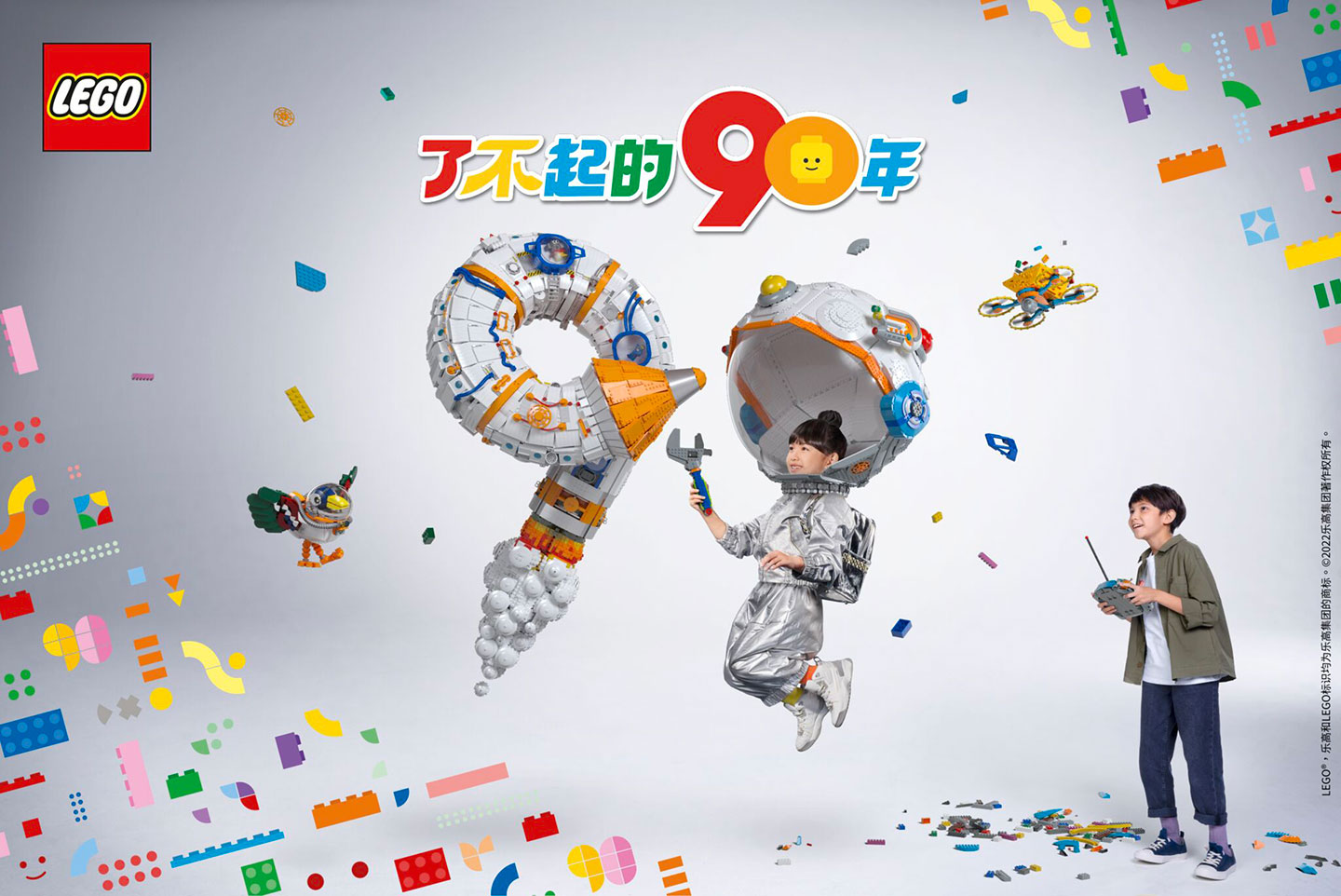
You also worked on other big LEGO campaigns in the past such as the Rebuild the World campaign. What have been some of your favorite campaigns to work on and what’s your favorite part of working on campaigns like these?
Leah: I have a few but I would pick our ‘Ready for Girls’ campaign for International Day Of the Girl 2021 as my favorite. It was like a personal journey and easily one of the best working experiences I’ve ever had. The unparalleled passion, level of collaboration, and especially that precious a-ha! moment between art director and copywriter that happens when you cracked the brief together – those moments are why I do what I do and why I keep coming back.
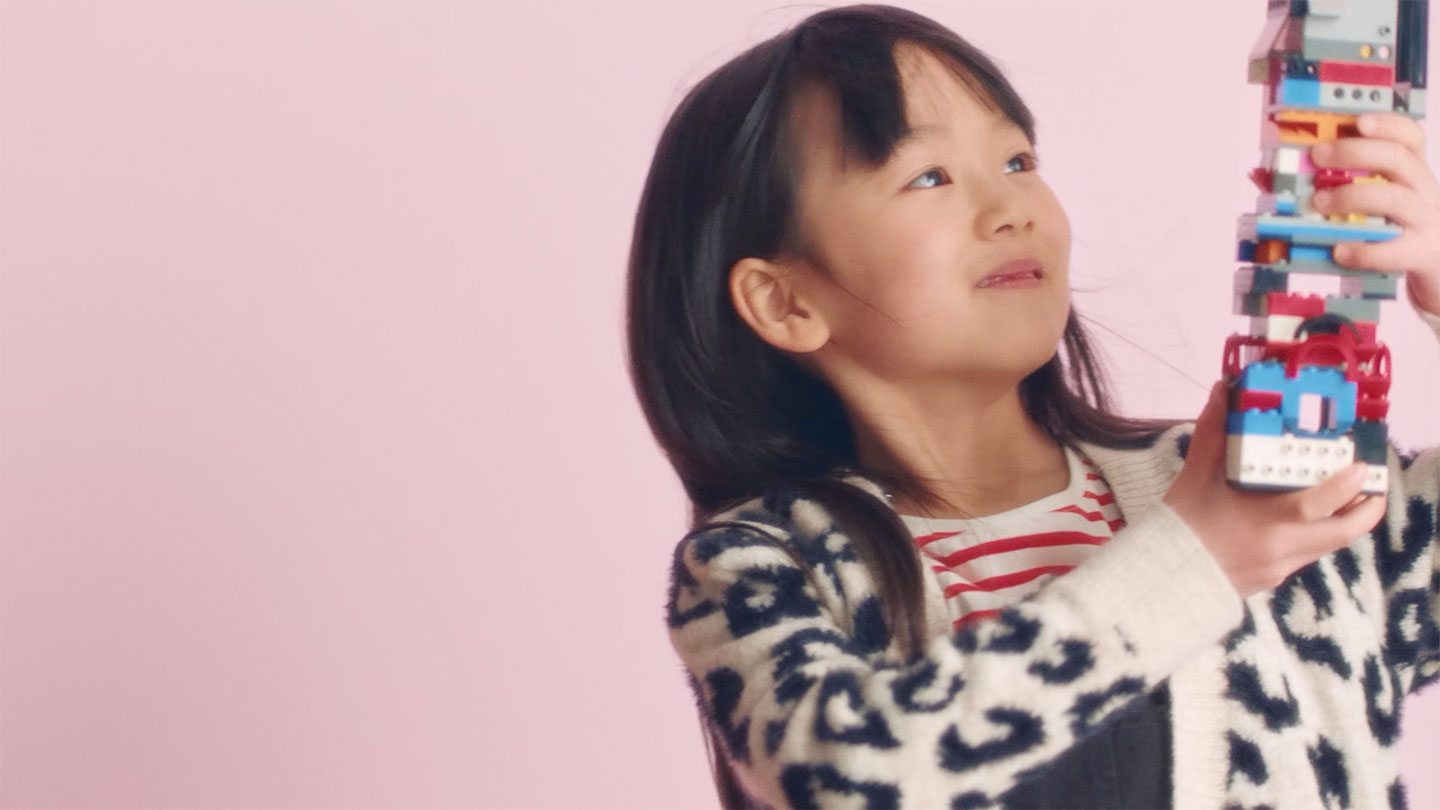
Can you walk us through what your creative process is like? Where or how do you often find inspiration for your ideas?
When I get a brief, I try to highlight the words that stood out for me that made me think or feel something. I am traditional so I would have a pen and paper and jot down notes. I will forget all about these notes and come back to them when I’m feeling stuck. Sometimes I find the answer in my scribbles. Sometimes I don’t. In those cases, I try to step away from the computer and take a walk – doesn’t matter if it’s outside or just to the coffee machine. I find that walking or just stretching your legs actually helps get some new thoughts.
I find inspiration everywhere. I try to consume as much content like any other person, but I also sometimes find inspiration from random chats with my sister (who works in Investment Banking) and also songs! I love sitting around and getting struck by an idea without warning — those are the best!
What are some new developments or trends in advertising that you’re most excited about or looking forward to?
Leah: I love that it’s becoming more and more important, especially post-Covid, that people in the industry are demanding/giving better work-life balance and that agencies are trying to take a serious stance on their employees’ mental health. Self-care is not just accepted but also encouraged.
I’m also glad to see how remote working has become a trend that afforded more people more life, flexibility, and collaboration that before seemed neither possible nor necessary. This is what I look forward to and am most excited by the most, this shift in the industry mindset.
The International Day of the Girl campaign is another campaign that you’ve worked on. What was it like working on it? What were you hoping to achieve? And how far do you think the representation of girls and women by the LEGO brand has gone?
“Ready for Girls” is a campaign that celebrates girls who rebuild the world through creative problem-solving. It was one of my favorite campaigns as it was anchored in a powerful truth backed by research and data that girls have always been ready for the world, but it’s the world that often limits them. In fact, it was not easy to choose which 3 stories we will feature as there were so many inspiring girls around the world! I was in awe not just by what they do but how they do it at a very young age, they show resilience, power, creativity, empathy, and leadership.
The work in terms of representation of girls and women is in progress and the LEGO brand is constantly and actively championing inclusivity where it can. The different Rebuild The World campaigns also intend to ensure real inclusive play and how it’s so important, even sometimes raising the debate around gender norms, not just for girls but for any child.
How far do you think the portrayal of girls and women in ads, in general, has gone?
There will always be good ads and bad ads. I’m not completely sure that in 2022, we no longer have bad ads that depict women or girls in a backward manner. But the important thing is that the collective consciousness of what is right and wrong in ads has become sharper and less forgiving. There is more scrutiny and inspection in the industry, such as agencies getting called out and being held responsible for ads done in questionable taste. Some people will call this being “woke” but honestly, I just call this progress.
You were part of Cannes’ See It Be It program, an initiative aiming to achieve equal gender representation of creative directors and leaders in the industry. Since you entered the industry in 2008, have you seen progress in the diversity of those in leadership positions in the industry?
I think, overall, companies are becoming more conscious to be diverse — especially in leadership, and that’s a good thing. More and more, I see fewer male-dominated C-suites and fewer women tokens. However, I think there’s more work to be done on inclusivity. Meaning it’s not enough that companies hire diversely, they should also know how to support them, really include them, embrace their thinking, invite them to influence the company culture, and thus, enjoin them to thrive. It’s not enough that a company is diverse. It needs to stay diverse and inclusive.
What’s your favorite thing about the work that women in the industry create? Are there any role models or works that have particularly inspired you?

One of my very first advertising CDs was a woman, Pia Roxas-Ocampo and she believed that a web designer like me in 2008 could have ideas! She has influenced me a lot on how to think, approach a brief, get ideas, presenting them, treating people, and most importantly, commanding respect without fear or intimidation — that you can be firm but also kind.
I can say I’ve always been surrounded by brilliant and exceptional women in my advertising career, whether it’s in the Philippines, Singapore, or Denmark, and all of them combined have contributed to the creative that I am today. Of course, my hardworking mother who is an accountant is my biggest inspiration and female role model. She has always taught me there are no limits to what I could be.
My favorite thing about the work that women in the industry do is perhaps the women themselves, especially when they lend their voice, and even real-life struggles and vulnerabilities, to the work. This is how stories get told right. I don’t think women are more powerful than men or vice-versa, but they do offer a unique perspective. Works that have particularly inspired me are Always’ “Like A Girl” and Nike’s “Dream Crazier.” They are real-life narratives told in powerful poetry that challenged something, made people feel, and opened their minds to change perspective. It’s great when ads do that.


